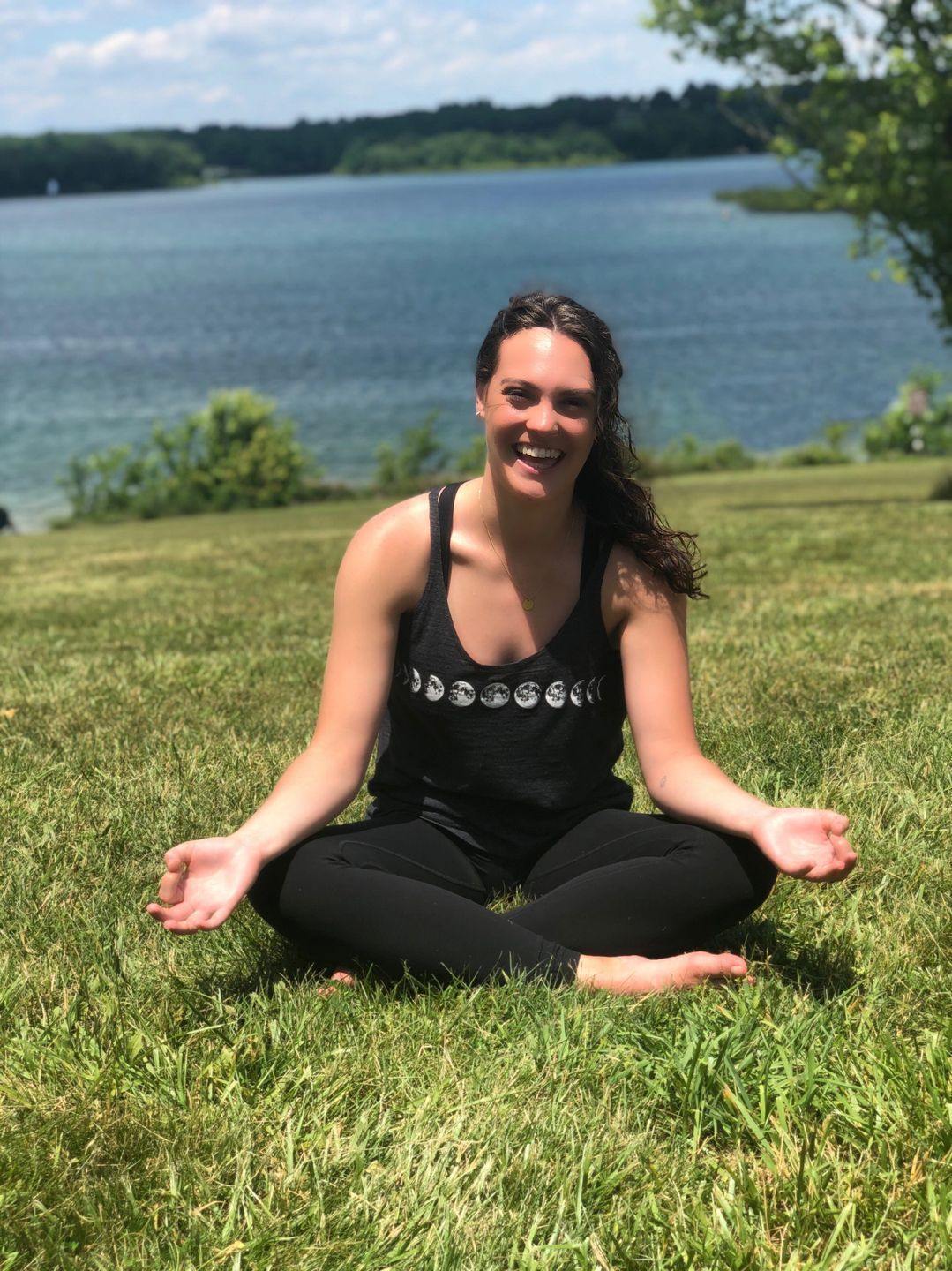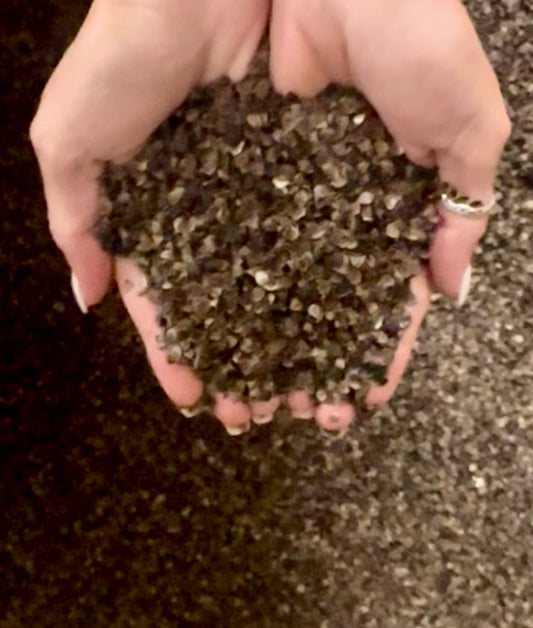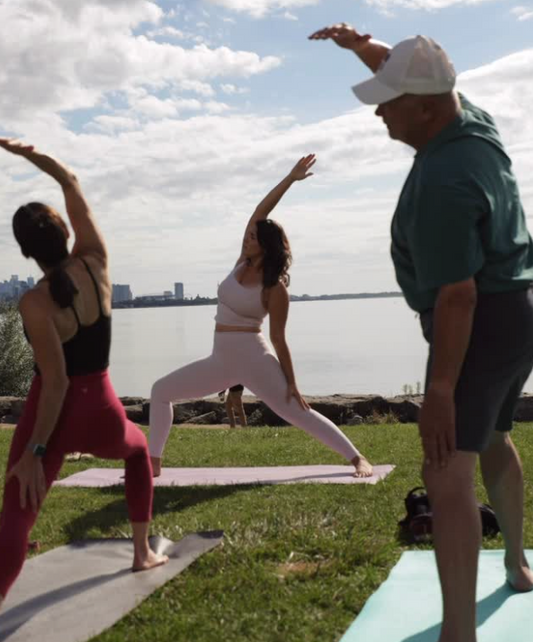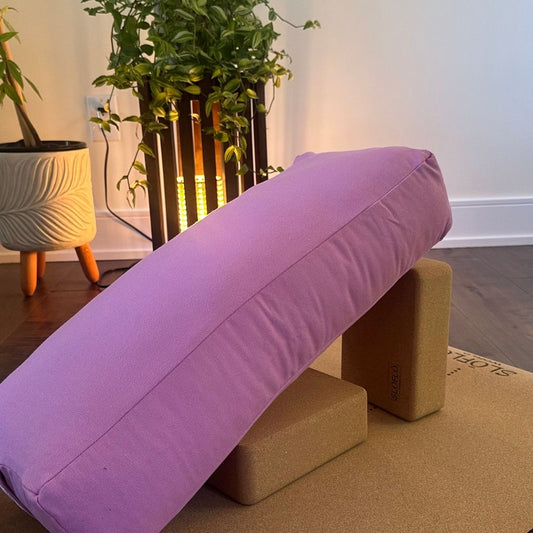
Bridge The Gap.
Share
Everyone has yoga postures they don’t like. We internally groan when they are cued by our instructor and instead of focusing on breath and alignment, we let our mind go to a negative place of “when will this be over.” The asana is different for everyone and will change as your practice changes. For me it is bridge pose. I never want to practice it and certainly don’t look forward to it. Yet, I know this is the most important posture for me to practice. And guess what that means? That asana you have disdain for? It is the most important one for you too. Acknowledging these postures and taking stock of when they change is vital to growing your practice. They give us the chance to put that yogi mindset to the test, brush up against our edge, and strengthen our mental and physical body.
We typically like poses we are good at and in turn want to practice those more often. Strong upper body? Chaturanga for days. Lots of hip mobility? Malasana is your best friend. The opposite then reigns true for things we are not good at; we avoid and bypass them. Tight shoulders? Let’s pass on the heart openers. Weak hamstrings? Say “no thanks” to bridge pose. Using this train of thought we can deduce that typically when we don’t like a pose it means we have room for improvement there. Taking note of the postures you personally have a vendetta for can help you realize where there may be muscular imbalances in your body. These disparities can be centered in either strength or flexibility. Like I said, bridge pose and I don’t get along and this is because of a muscular imbalance within myself. I will be the first to admit that when it is cued in a class, I immediately want to reach for a block to take a restorative variation because I just don’t like active bridge pose. I look for the easy way out. I modify, not because I am listening to my body but because I am avoiding work that I don’t like. I have to consciously tell myself to “put the block down” and “breathe into the sensation, lift those hips a little bit higher.” Basically, I have to practice what I preach to my students. I will never enjoy bridge pose if I never try bridge pose. I will never build up the strength to hold the posture if I never do the active variation. When we hit roadblocks, it is easy to get discouraged and quit. In fact, I would argue it has become human nature to respond this way. But yoga teaches us to challenge that notion. To question what we are capable of and push past it. It helps us to train the mind to push past any negative thinking and practice the “un-practicable.” Our muscles shake, our balance faulters, but eventually, we build the strength and progress.
Progress in yoga is both mental and physical. We have to stretch and strengthen both our mind and our body in order to advance as a yoga practitioner. The visible work of the body is easy to see and monitor and therefore it is easy to get caught up in. Yet, the mental part of yoga is arguably more important than the physical. It is what will set you apart from others, both on and off the mat. The mental fortitude to keep going when things get tough, to question your limits, and to know there is growth to be had, are all lessons we learn on the mat. Yoga gives us the tools to quiet the mind and not become distraught when a curveball is thrown our way (i.e. your version of bridge pose). The biggest challenge we face when practicing our least favorite asana isn’t gaining the muscular strength or stability. It is gaining the mental resilience to not let our ego influence our practice, not let negative thoughts tell us “we can’t” or “we aren’t strong enough.” A true yogi acknowledges these thoughts but doesn’t place any attachment or emotion to them. Then, they sit deeper into that pose, breathe, grow, and bridge the gap.
About Heidi
Heidi Walter is a RYT200 and mini yogis certified yoga teacher based in Pennsylvania. She graduated from Hofstra University in 2016 with a bachelor's degree in Dance Performance and minors in Biology and Public Relations. After graduation she suffered an injury and found yoga; using the practice to mend her body and mind. Heidi likes to incorporate her background in dance into her flows giving her students balanced and unique classes focusing on the mind and body. Heidi offers weekly virtual classes which can be registered for on her website. You can also access her other articles about yoga, mindfulness, and sustainability there. Follow her on social media to keep up with blog posts, classes, and other offerings.



